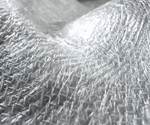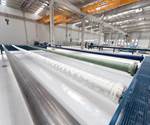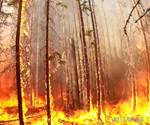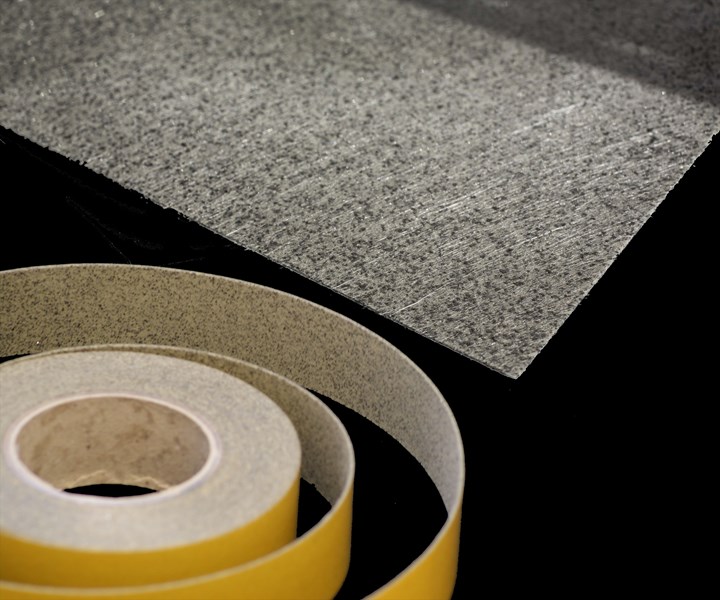TFP announces new application for Tecnofire in composite utility poles
Utility poles incorporating Tecnofire intumescent nonwovens passed fire tests without significant structural loss.
Technical Fibre Products’ (TFP, Burneside, U.K.) Tecnofire line of intumescent nonwoven materials provide fire protection in a wide variety of applications in construction products, aircraft, bridges, buses, trains and architectural fire doors. (See “Tecnofire adds fire resistance to transportation and infrastructure applications” for examples.)
According to TFP, the latest successful application for Tecnofire is use in filament-wound composite utility poles, manufactured by utility structures producer Valmont Industries Inc. (Omaha, Neb., U.S.). Valmont incorporates one of TFP’s infusible Tecnofire grades into its composite structure, which is fabricated using centrifugal casting and filament winding.
The composite poles are used as transmission and distribution poles and have to withstand rigorous fire testing to ensure that they maintain their integrity in the event of a fire. This requires them to pass the USA Utility Company Consortium Fire Tests and withstand temperatures of 1,150°C (2,100°F) without significant structural loss.
As evidenced through fire tests, Tecnofire will activate in the event of a fire to produce a stable insulating char and thereby ensure the structural integrity of the pole.
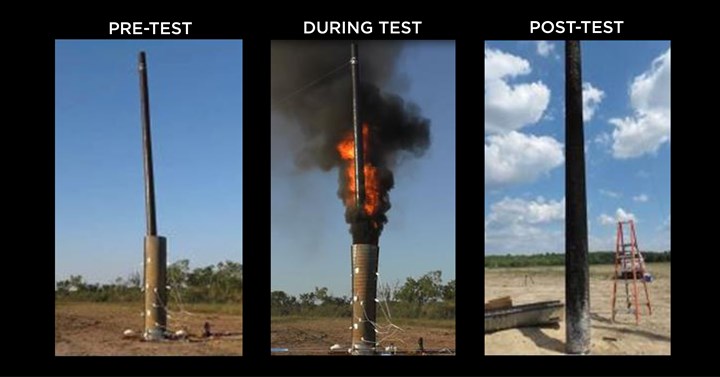
Before, during and after fire tests to the composite poles. Source | TFP
The simulated wildfire fire test case is set up devised by Mark Ackerman, a forest fire expert, was used in which the utility pole is enclosed within a steel culvert and subjected to 1,150°C (2,100°F) for 2 and 3 minutes, respectively. In addition to this, the utility poles must achieve a V0 rating in fire test UL94 to be classified as “self-extinguishing” and have a flame spread index of 25 or less as per the ASTM E84 Class 1 rating. With the help of Tecnofire, Valmont’s composite utility poles successfully passed all the fire testing, maintaining their integrity under load during the simulated Wildfire Test, as well as passing pre- and post-burn structural testing via the ASTM D1036 Pole Bending Test.
Related Content
-
CirculinQ: Glass fiber, recycled plastic turn paving into climate solutions
Durable, modular paving system from recycled composite filters, collects, infiltrates stormwater to reduce flooding and recharge local aquifers.
-
CSub delivers one-piece composite truss bridge in Norway
EPC supplier has fabricated, transported and delivered a 42-meter composite bridge intended for pedestrians and bicyclists.
-
Composites reinvent infrastructure
Celebrating National Composites Week, CW shares ways in which composites continue to evolve the way we approach infrastructure projects.

.jpg;width=70;height=70;mode=crop)
